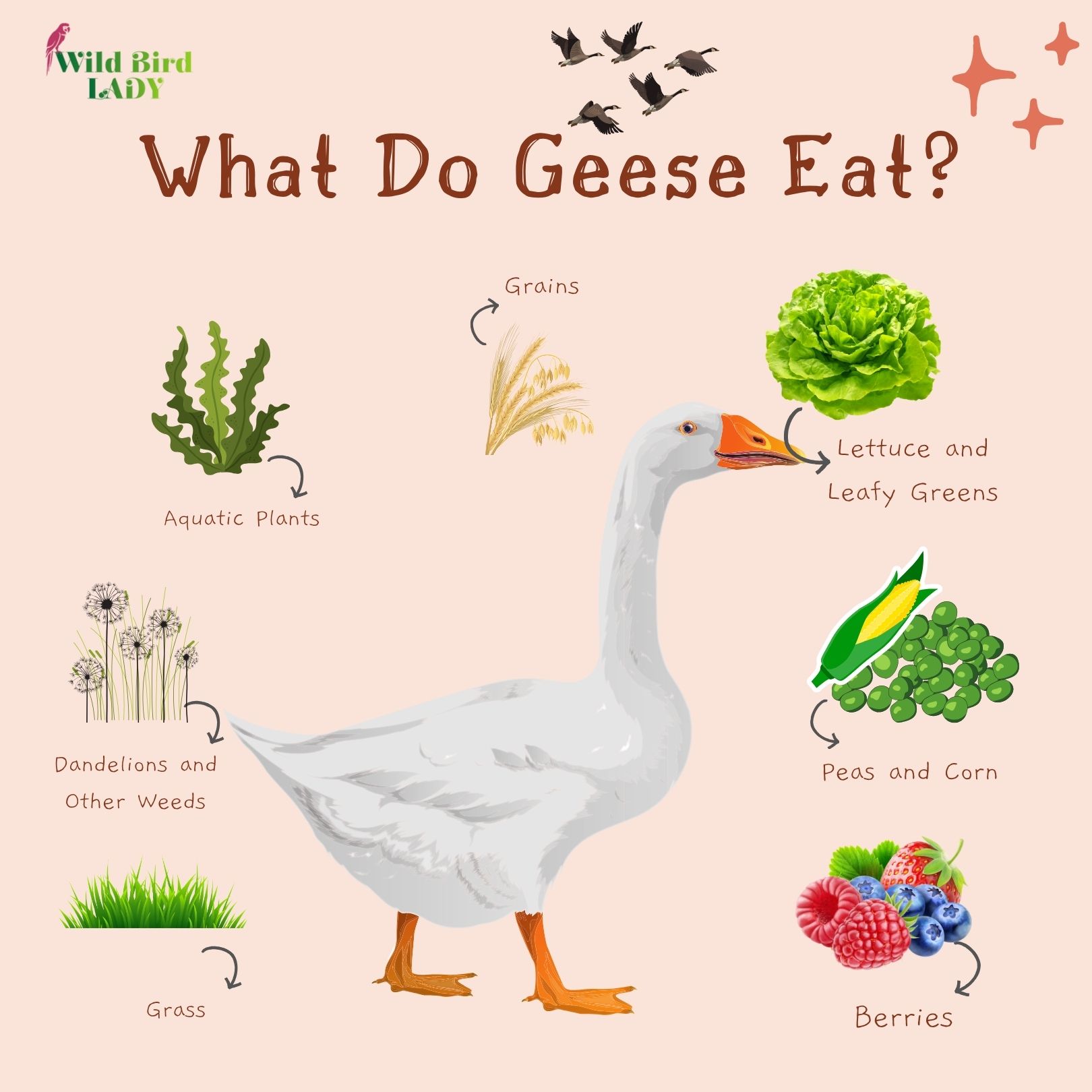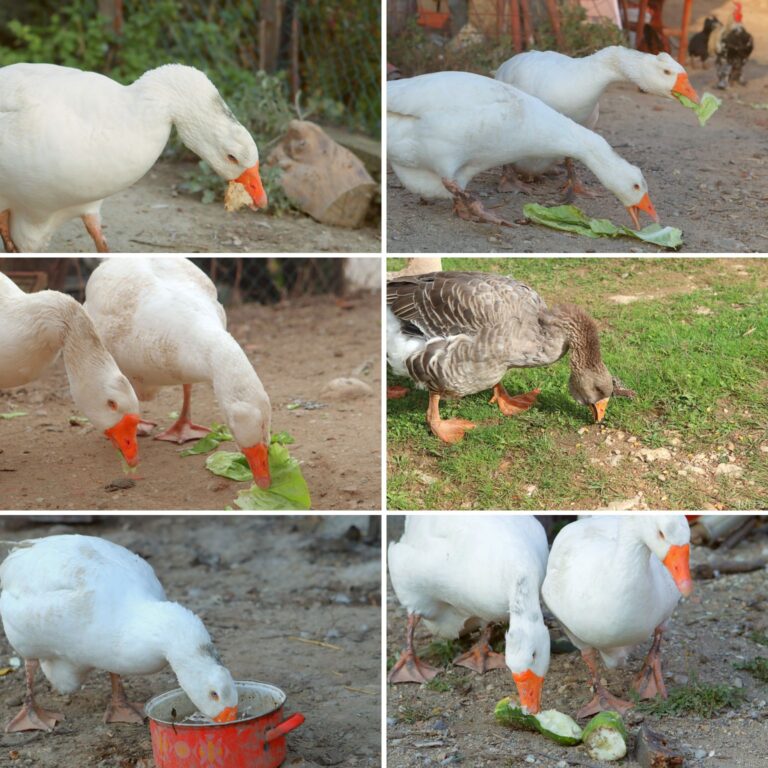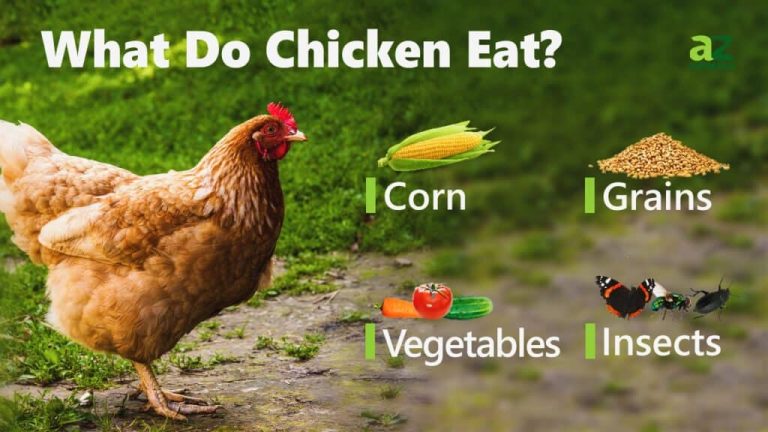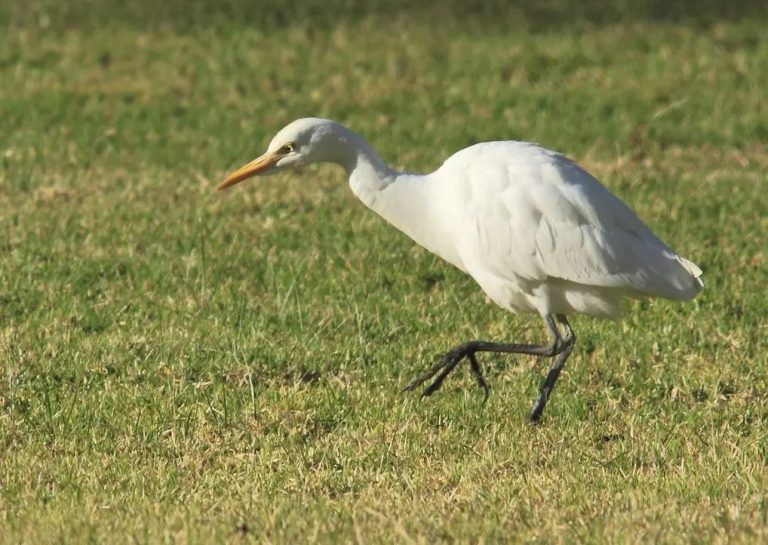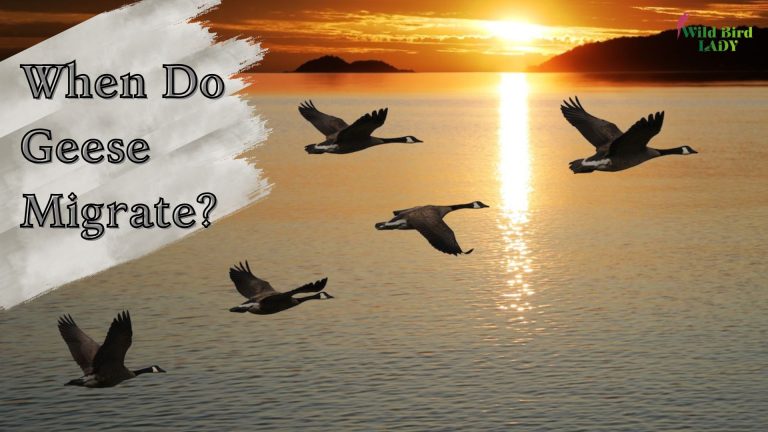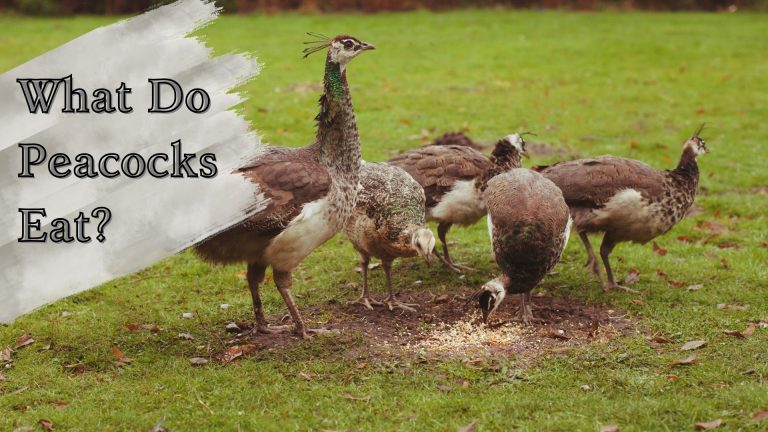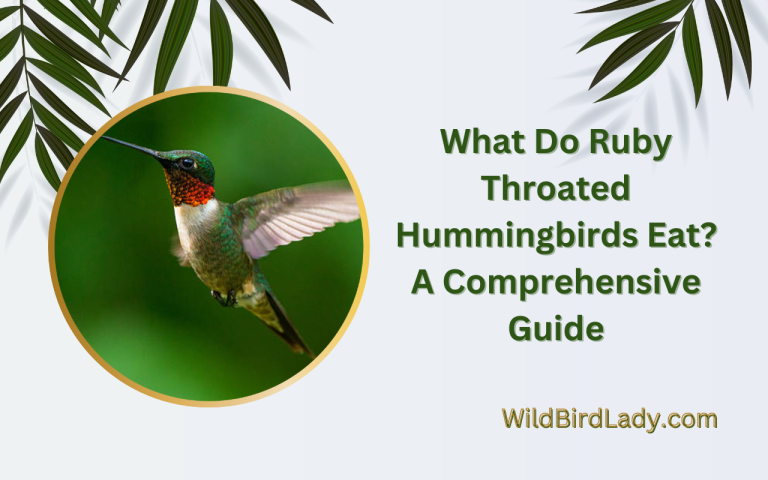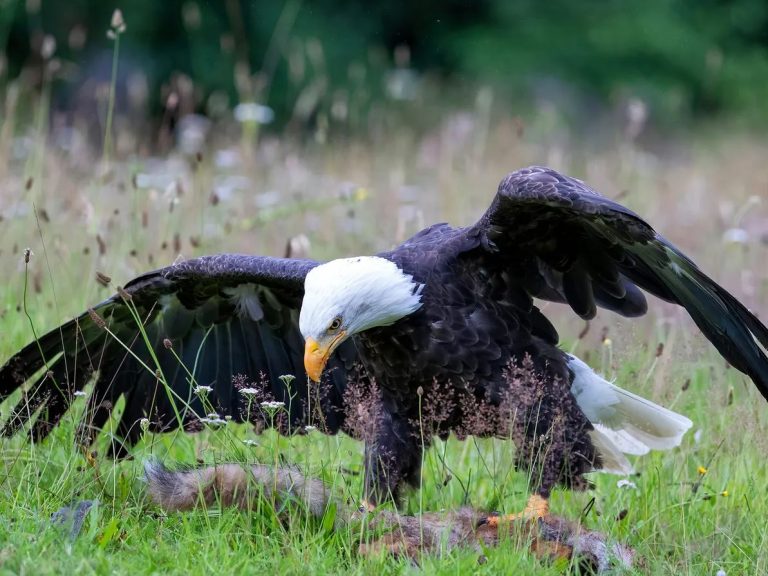What Do Geese Eat? 7 Foods They Love (And 3 You Should Never Give Them!)
Geese are some of the most familiar and fascinating birds across North America, Europe, and Asia. Whether you’re a backyard birdwatcher, a pondside stroller, or a small-time homesteader, you’ve likely found yourself wondering: What do geese eat? Are they grazers like cows, seed-lovers like finches, or something entirely different?
In this in-depth guide, we’ll explore the natural diet of geese, their favorite foods, and even go over what you should absolutely avoid feeding them. By the end, you’ll have a clear understanding of what can geese eat—and how you can support their health whether in the wild, in captivity, or even at your local park.
What Do Geese Eat in the Wild?
In the wild, geese are primarily herbivores, meaning they rely mostly on plant-based foods. They spend a lot of time grazing, foraging, and even dabbling in shallow water for aquatic plants.
Common Foods in a Wild Goose’s Diet:
- Grasses – Their number one food source
- Clover and legumes – High-protein plants that geese love
- Grains – Found naturally in some agricultural fields
- Seeds and berries – Consumed seasonally
- Aquatic plants and algae – Found in lakes, ponds, and wetlands
- Insects and larvae – Occasionally consumed, especially by goslings for protein
While their diet is mostly vegetarian, wild geese may ingest small bugs or invertebrates during foraging, especially when nutrients are scarce.
What Can Geese Eat in Captivity?
In captivity—such as on farms, homesteads, or bird sanctuaries—geese food can be more controlled and tailored to their needs.
Ideal Foods for Captive Geese:
- Fresh greens: Romaine, dandelion, spinach, kale
- Grains and cracked corn: Used in moderation for energy
- Commercial waterfowl pellets: Balanced nutrition for domestic geese
- Chopped veggies: Peas, carrots, lettuce (no onions or garlic!)
- Access to pasture: Letting them graze is still best for digestion and well-being
❗ Important Note: Never feed captive or wild geese processed human food like chips, crackers, or sugary cereals. These can cause severe health issues.
List 7 Foods Geese Love
Let’s break down seven of the most beloved foods among geese—great for responsible feeding and understanding their natural habits.
1. Grass
This is the go-to geese food. Geese will happily munch on short grasses all day, especially tender shoots of fescue, ryegrass, and clover. Grazing keeps their digestive system working efficiently.
Pro tip: If you own land and want happy geese, let them roam and graze naturally.
2. Dandelions and Other Weeds
Geese aren’t picky—they’ll eat weeds that humans often want to get rid of. Dandelions, plantains, and other common lawn weeds are not only safe but nutritious.
3. Aquatic Plants
Wild geese love floating and submerged vegetation like duckweed, eelgrass, and waterweed. These offer hydration and trace minerals.
4. Grains (Wheat, Oats, Barley)
Whole grains are an excellent energy source, especially during migration or breeding season. However, feeding too much grain can lead to obesity in captive geese.
5. Lettuce and Leafy Greens
Geese enjoy soft greens such as romaine, chard, and spinach. These can be fed fresh or chopped into their regular grain mix.
Avoid iceberg lettuce—it has little nutritional value.
6. Peas and Corn (Fresh or Cooked)
Geese adore sweet green peas and corn kernels. These are high in carbs, which can be helpful during colder months.
⚠ Feed in moderation to avoid fat buildup.
7. Berries
In late summer or fall, wild geese often snack on wild berries like elderberries, blackberries, and even crabapples.
List 3 Foods You Should Never Give Geese
Feeding geese can be fun, but some foods pose serious risks. These three should always be avoided:
🚫 1. Bread
While it may seem harmless, bread is junk food for geese. It fills them up without providing nutrients and can lead to malnutrition and a condition called “angel wing”—a deformity that affects their ability to fly.
🚫 2. Processed Foods
Chips, crackers, cookies, and cereals are full of salt, sugar, and artificial additives. These stress the geese’s liver and kidneys and can be fatal over time.
🚫 3. Onions and Garlic
Both are toxic to many birds. Even small amounts can cause anemia or digestive distress in geese.
Geese Feeding Tips: How to Feed Responsibly
Whether you’re feeding geese in a sanctuary, a backyard, or at a local pond, follow these guidelines:
✅ Do:
- Offer fresh, clean, unprocessed food
- Spread food out on the ground or in shallow trays
- Provide clean drinking water alongside food
- Feed sparingly to supplement natural foraging
❌ Don’t:
- Overfeed – leads to dependence and overcrowding
- Feed in polluted or busy areas
- Feed near roads – can increase risk of traffic accidents
- Leave behind plastic or packaging
Did you know? Geese recognize humans who feed them regularly. Building trust makes for more meaningful birdwatching or farming interactions.
Seasonal Variations in Geese Food Preferences
Geese are remarkably adaptable foragers, and their diet shifts throughout the year based on food availability, migration patterns, and energy needs. Understanding these seasonal changes is essential for anyone observing wild geese or caring for domestic ones. Let’s explore what geese typically eat during each season.
🌱 Spring: A Time for Regrowth and Protein Boost
As the snow melts and fresh growth begins, geese emerge from their wintering grounds with a voracious appetite for new greens. This is a vital time for both adults and goslings, as the breeding season begins and energy demands increase.
Typical Spring Foods:
- Young grasses: Tender shoots of ryegrass, bluegrass, and other cool-season species are rich in moisture and easy to digest.
- Shoots and wildflowers: Early emerging plants like clover, dandelions, and chickweed provide essential nutrients and fiber.
- Insects and larvae: While geese are mostly herbivores, goslings especially benefit from small insects, beetles, and fly larvae for their high protein content.
Goslings rely heavily on protein for proper growth, and springtime bugs provide that natural boost!
🌾 Summer: Abundance and Grazing
Summer is the season of plenty. With warm weather and longer days, food sources are abundant, and geese spend much of their time grazing and foraging both on land and in shallow water.
Typical Summer Foods:
- Clover and legumes: These high-protein plants flourish in mid-summer and are a favorite of both wild and domestic geese.
- Aquatic vegetation: Geese dabble in ponds and lakes for duckweed, pondweed, and waterweed. These plants are rich in minerals and hydration.
- Grains from agricultural fields: Wild geese often forage in farmlands, especially in late summer, picking at leftover wheat, barley, or oats.
Access to freshwater is crucial during summer as geese consume more moisture-rich foods.
🍁 Fall: Fueling Up for Migration
Fall is a critical season for building fat reserves as many species of geese prepare for long migratory journeys. Their diet becomes more energy-dense, and foraging behavior intensifies.
Typical Fall Foods:
- Berries and fruit: Elderberries, wild grapes, crabapples, and other seasonal fruits are packed with natural sugars that geese convert into energy.
- Grains and seeds: Fallen corn, oats, wheat, and barley become a staple in fields after harvest—perfect for bulking up.
- Roots and bulbs: Geese may dig in soft soil for nutrient-rich plant roots and tubers.
Fall foraging helps geese build enough fat to sustain them through long flights and colder climates.
❄ Winter: Surviving the Scarcity
In colder regions, many geese migrate to warmer areas during winter. Those that remain (or are kept domestically) face a scarcity of natural food and require dietary support from humans.
Typical Winter Foods:
- Dried grasses and stubble: In snow-free areas, geese may continue grazing on dormant pasture or field residue.
- Stored grains and pellets: Captive geese rely heavily on human-provided food like cracked corn, wheat, or formulated waterfowl pellets.
- Frozen or limited vegetation: Snow and ice drastically reduce available forage, so geese may rely more on whatever remnants they can find under the surface.
In captivity, it’s important to increase grain-based feed in winter to compensate for reduced grazing.
Summary Table: Seasonal Geese Food
| Season | Main Food Sources | Purpose/Benefit |
|---|---|---|
| Spring | Young grass, shoots, insects | Growth, reproduction, protein boost |
| Summer | Clover, aquatic plants, grains | Maintenance, hydration, energy |
| Fall | Berries, corn, roots, seeds | Fat storage, migration prep |
| Winter | Dried grass, stored grains, pellets | Survival, warmth, human support |
Understanding these seasonal changes helps ensure that geese—whether wild or domestic—get the right nutrition at the right time. It also empowers birdwatchers, farmers, and nature enthusiasts to support them responsibly throughout the year.
FAQs About Geese Diet
Do geese eat meat?
Not typically. Geese are mostly herbivores but may occasionally eat insects or worms, especially when young.
What do baby geese eat?
Goslings eat high-protein foods like grass, insects, and small grains. Their parents guide them to food and protect them during grazing.
Can I feed wild geese at a park?
It depends on local regulations. If allowed, offer cut greens or grains—not bread or processed snacks.
What do geese eat in the water?
They forage for aquatic plants, algae, and sometimes small invertebrates or larvae.
Final Thoughts
So, what do geese eat? A little bit of everything—mostly plant-based foods like grass, greens, grains, and aquatic plants. Whether you’re caring for a flock or simply admiring a family of Canada geese gliding across a lake, knowing what can geese eat helps you respect their health, behavior, and natural needs.
Just remember: skip the bread, go green, and always feed with purpose. Geese food isn’t just about filling bellies—it’s about supporting the well-being of these amazing, intelligent birds.
Ready to feed geese responsibly? Share this guide with your fellow nature lovers and help spread the word about proper geese care! 🦆🌿

